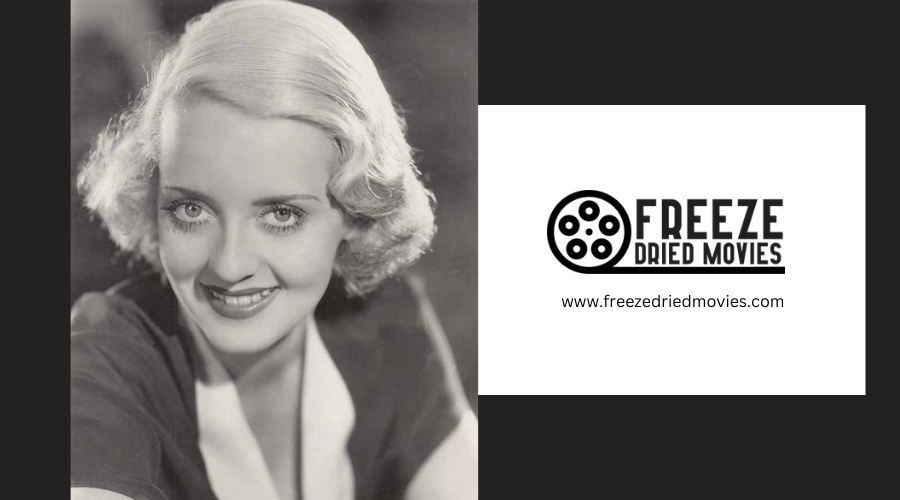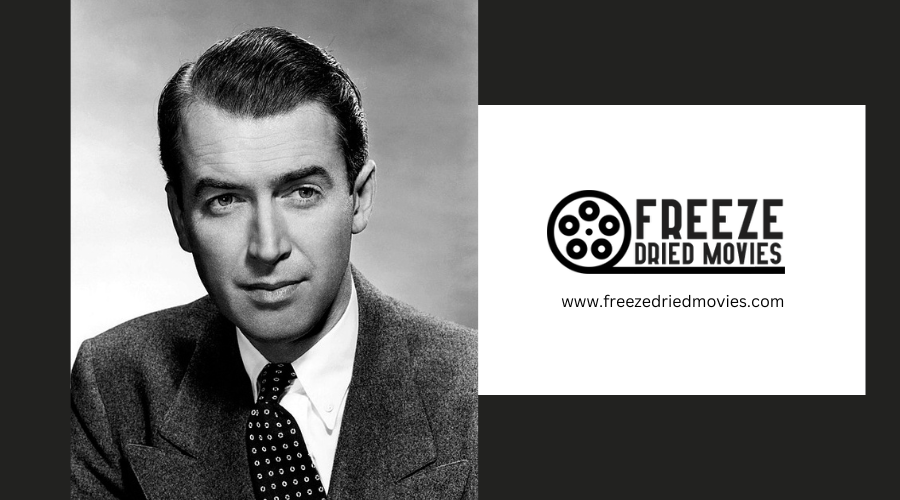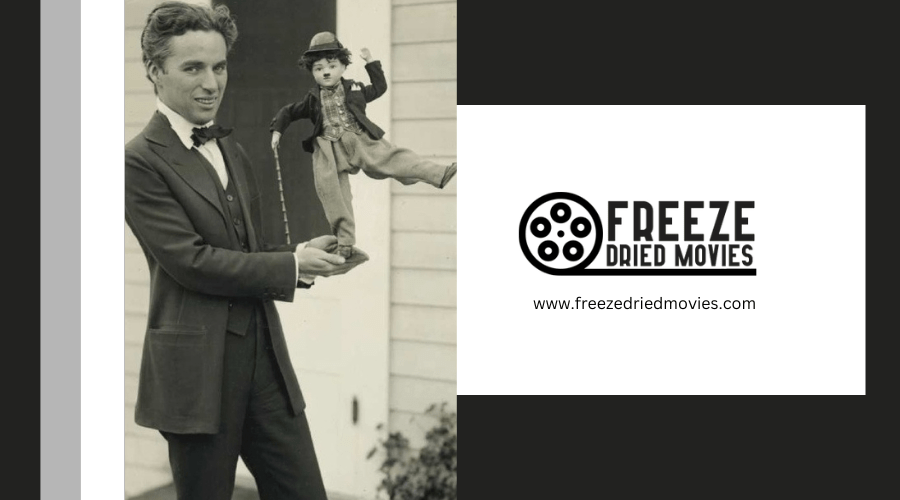How Much Did Movie Tickets Cost in the 1940s?
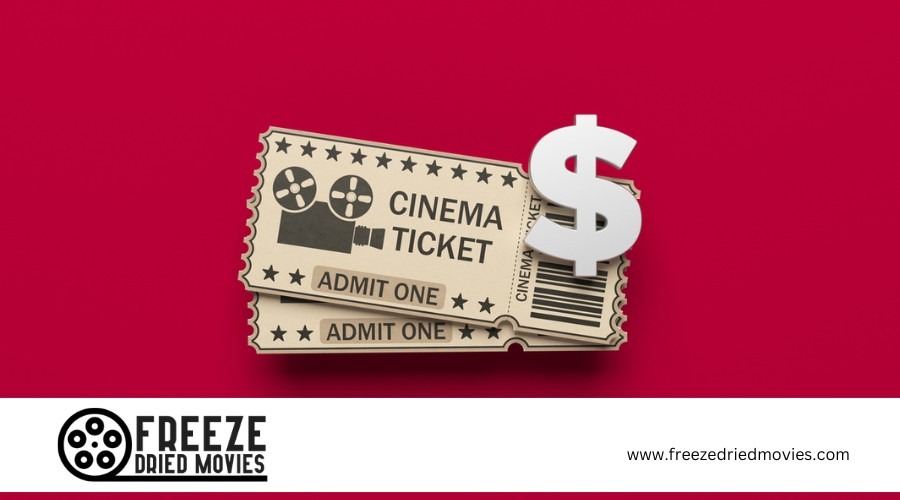
In the 1940s, movie tickets cost around 25 cents, making cinema an affordable and popular pastime. By the end of the decade, prices had increased to about 30 to 36 cents, reflecting the post-Great Depression economic recovery and the growing cultural significance of film. A date night at the movies would cost just over a dollar, equivalent to roughly $11.73 today. These prices were influenced by various factors, including economic conditions and the evolving entertainment landscape.
Historical Context of Movie Tickets
In the 1940s, movie theaters were more than just venues; they were cultural hubs where Americans gathered to escape, dream, and socialize. The cost of a movie ticket was a small price to pay for an evening of entertainment and camaraderie. With the average ticket price around 25 cents, cinema quickly became a cherished national pastime. The film industry capitalized on this by producing a staggering number of films, ensuring there was always something new to watch.
As you entered the theater, the lively atmosphere was palpable. By the mid-1940s, over 60% of Americans attended movies weekly, highlighting the social importance of film during this period. A typical date night, including two movie tickets, two hamburgers, and two sodas, cost around $1.10. When adjusted for inflation, that's roughly $11.73 today—a modest price for an engaging experience.
The demand for cinema led to a rise in ticket prices, from 24 cents in 1940 to 36 cents by the mid-1940s. This inflation-adjusted price reflects the growing significance of movies in American culture, making the 1940s a golden era for moviegoers.
Average Ticket Price in 1940
In 1940, a movie ticket cost just 25 cents, offering an affordable pastime. Comparing this to today's prices highlights the impact of inflation on entertainment costs. Understanding these price shifts helps us appreciate the economic changes and their effects on American leisure activities.
Price Comparison by Era
Comparing movie ticket prices over time reveals fascinating insights into the evolving costs of entertainment. In 1940, the average movie ticket cost around $0.25. This might seem incredibly low compared to today's standards but reflected a significant increase from earlier decades. By the end of the 1940s, the average ticket price had risen to approximately $0.30.
To put this in perspective, consider a typical date night in the mid-1940s: two movie tickets, two hamburgers, and two sodas cost around $1.10. Adjusted for inflation, this is about $11.73 today. This comparison shows that while prices have risen, the relative cost of a movie night has remained somewhat consistent when accounting for inflation.
During the mid-1940s, over 60% of Americans attended movies weekly, underscoring cinema's role as a popular and accessible form of entertainment. The steady increase in movie ticket prices throughout the 1940s reflected both the growing demand and the inflationary pressures of the time. This historical context highlights how the cost of a movie ticket has evolved, mirroring broader economic trends.
Economic Impact Analysis
The economic landscape of the 1940s significantly influenced the average movie ticket price of $0.25. This period, marked by the lingering effects of the Great Depression, saw low entertainment costs as essential for Americans, many of whom were still recovering financially.
When adjusted for inflation, the cost of movie tickets for two people, which was around 72 cents in the mid-1940s, equates to approximately $11.73 today. This comparison highlights that, despite low nominal prices, movie-going was both a significant and affordable form of entertainment. The total cost of a date night, including two hamburgers, two sodas, and movie tickets, was about $1.10, further demonstrating the affordability of entertainment during this era.
In the 1940s, over 60% of Americans attended movies weekly, reflecting cinema's prominent role in American culture. The low average movie ticket prices made frequent outings accessible to many, cementing movies as a vital part of social life, especially during economically challenging times.
Comparison With Modern Prices

Comparing movie ticket prices from the 1940s to today reveals that inflation alone does not account for the significant increase. Economic and cultural factors have also contributed, reflecting shifts in the entertainment industry's value and audience demand. What was once an affordable night out has now become a more substantial expense.
Inflation-Adjusted Ticket Prices
Imagine stepping back into the 1940s, where catching a movie cost just a quarter. Back then, the average movie ticket was around $0.25. When adjusted for inflation, this amounts to roughly $2.75 today. That's quite a bargain compared to contemporary prices, right?
Consider a typical date night in the mid-1940s: two movie tickets, two hamburgers, and two sodas would cost about $1.10. Adjusted for inflation, this comes to about $11.73 today. By the end of the decade, the cost of two tickets had risen to about $0.72, which translates to around $7.80 in current dollars.
Fast forward to 2018, and the average movie ticket price was approximately $9.11 per person. This stark difference highlights how much prices have climbed over the years, influenced by inflation and shifts in consumer spending habits.
While the nominal ticket price increase from the 1940s to the present day reflects broader economic trends, the inflation-adjusted figures show that movie-going was relatively more affordable back then. Despite inflation, the simplicity and affordability of a night at the movies in the 1940s offer a nostalgic glimpse into a different economic period.
Economic and Cultural Factors
Despite the allure of nostalgia, comparing economic and cultural factors from the 1940s to today reveals significant shifts in how we consume entertainment. Back then, the average movie ticket price was just $0.25, a stark contrast to today's prices that often exceed $10. This low price contributed to the cultural significance of cinema, with over 60% of Americans attending movies weekly. In contrast, today's entertainment landscape is dominated by digital streaming, offering a variety of choices beyond the movie theater.
Here's a quick comparison:
| Year | Movie Ticket Price | Weekly Attendance | Primary Entertainment |
|---|---|---|---|
| 1940s | $0.25 | Over 60% | Cinema |
| 1960s | $1.32 (two tickets) | Declining | TV and Cinema |
| 1980s | $3.00 | Declining | Cable TV |
| 2000s | $5.00 | Declining | Internet |
| 2020s | $10+ | Declining | Streaming |
In the 1940s, a typical date night, including two movie tickets, hamburgers, and sodas, cost about $1.10, equivalent to $11.73 today. However, the cultural significance of movies has shifted. The 1940s saw cinema as a primary social activity, while today's options are more varied, reflecting a broad entertainment landscape.
Inflation's Impact on Costs
In the 1940s, movie ticket prices were around $0.25, which may seem modest until adjusted for inflation. When accounting for inflation, that $0.25 ticket from the 1940s is equivalent to about $2.75 today. This comparison highlights the impact of inflation on the average cost of a movie ticket over time.
Throughout the 1940s, the Consumer Price Index (CPI) indicated a considerable rise in movie ticket prices, especially after World War II. Although the average cost of a movie ticket remained relatively stable during the decade, the rising inflation rates by the end of the 1940s affected entertainment costs significantly. This increase in prices was not limited to movie tickets; it was part of broader economic changes impacting various aspects of daily life.
Comparing the $0.25 ticket price from the 1940s to today's average prices, which often exceed $10, reveals the dramatic impact inflation has had. This steep increase illustrates how the affordability of moviegoing has shifted over the decades. The modest prices of the 1940s have given way to significantly higher costs today, emphasizing the long-term effects of inflation on our daily expenses.
Economic Factors of the 1940s
Economic factors in the 1940s significantly influenced the movie industry and the cost of entertainment. The average movie ticket cost about 25 cents, reflecting the economic conditions of the time. The end of World War II and the subsequent post-war boom increased disposable income, leading to more frequent visits to movie theaters. During the mid-1940s, over 60% of Americans attended movies weekly, underscoring cinema's role as a major form of entertainment.
A typical date night, including two movie tickets, two hamburgers, and two sodas, cost around $1.10, approximately $11.73 today when adjusted for inflation. This affordability was shaped by the economic recovery from the Great Depression and the prosperity following the war. As disposable income grew, so did spending on entertainment, leading to a gradual rise in ticket prices.
Economic fluctuations directly impacted the movie industry, with periods of hardship and recovery influencing spending on movie tickets and other leisure activities.
Cultural Significance of Movies
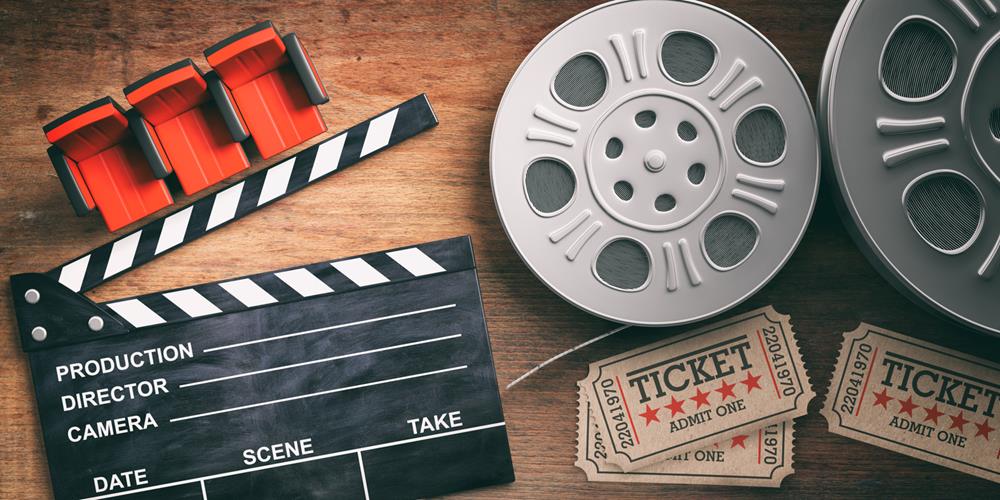
Attending movies in the 1940s was more than a simple pastime; it became a vital part of American culture. For over 60% of Americans, weekly trips to the cinema offered a mix of entertainment and social interaction. With an average ticket price of $0.25 in 1940, movies were accessible to nearly everyone, even during economic downturns. This affordability heightened their cultural importance, making cinema a staple of everyday life.
Movie theaters functioned as more than just venues for film viewing; they were social hubs where relationships flourished. They served as popular date spots and communal gathering places, reinforcing the role of cinema in fostering social bonds. Beyond providing escapism, the film industry reflected and sometimes shaped societal values and changes, contributing to the formation of American identity.
Here are three core reasons why movies gained cultural significance:
- Accessibility: Low ticket prices made films an affordable entertainment option.
- Community: Theaters acted as social gathering spots, enhancing relationships.
- Reflection: Films mirrored societal values and transformations, reinforcing their cultural impact.
In the 1940s, movies were not just a form of entertainment; they were a cornerstone of American society.
Moviegoing Experience in the 1940s

Imagine stepping into a 1940s movie theater, where for just 25 cents, you could immerse yourself in a world of entertainment. Going to the movies was more than just watching a film; it was an affordable escape from daily life. The average price for a movie ticket was around 25 cents, and the experience included double features, serials, cartoons, newsreels, and short films, providing hours of comfort and enjoyment.
In the mid-1940s, over 60% of Americans attended movies weekly, highlighting the central role of cinema in American culture. A typical date night, which included two movie tickets, hamburgers, and sodas, cost just $1.10, roughly equivalent to $11.73 today.
| Experience Component | Description | Modern Equivalent Cost |
|---|---|---|
| Movie Ticket | 25 cents | $2.67 |
| Double Features | Two films | Improved value |
| Weekly Attendance | 60% of Americans | High engagement |
| Date Night | $1.10 | $11.73 |
| Detailed Show | Serials, cartoons, newsreels, short films | Full entertainment package |
Though the film industry has evolved, the essence of going to the movies as a source of comfort and escape remains unchanged. While ticket prices have increased, the value of a good film is timeless.
Data Collection and Sources
To understand 1940s movie ticket prices, one must examine the data collection and sources that inform these historical insights. Data from this era was meticulously compiled by MooseRoots, an organization focused on historical genealogy and statistics. To create an accurate picture, they utilized various sources, including statistics from the Motion Picture Association of America (MPAA).
Data Breakdown:
- Average Prices: In 1940, the average movie ticket price was approximately $0.25, reflecting the economic conditions and purchasing power of the time.
- Mid-1940s Costs: By the mid-1940s, a date night at the movies, including tickets for two people, would cost around $0.72.
- Data Gaps: Certain years, such as 1946 and 1947, lack complete data. These gaps required estimations based on data from surrounding years.
MooseRoots' methodology emphasized accuracy by considering the historical context and cross-referencing multiple sources. Their dedicated approach ensures a clear understanding of the financial experiences of 1940s moviegoers. While some specifics might be estimated, the overall picture offers valuable insights into the entertainment costs and broader economic landscape of the 1940s.
Evolution of Ticket Pricing
Evolution of Ticket Pricing in the 1940s
The 1940s saw a notable shift in movie ticket pricing, reflecting broader economic changes and the evolving cultural landscape. At the start of the decade, the average price of a movie ticket was about 25 cents, a figure shaped by the lingering effects of the Great Depression. As the decade progressed and the economy recovered post-World War II, ticket prices gradually increased.
By 1946, the average cost of a movie ticket had risen to approximately 30 cents, reflecting the economic upswing. In 1948, the price further increased to about 32 cents, indicating a continued recovery and growing popularity of cinema. By 1949, the average cost of a movie ticket had climbed to 36 cents. When adjusted for inflation, this amount would be approximately $5.87 today.
Here is a detailed look at the evolution of ticket pricing in the 1940s:
| Year | Average Ticket Cost | Adjusted for Inflation (Today) |
|---|---|---|
| 1940 | $0.25 | $4.07 |
| 1946 | $0.30 | $4.89 |
| 1948 | $0.32 | $5.17 |
| 1949 | $0.36 | $5.87 |
Throughout the 1940s, rising ticket costs mirrored the growing cultural significance of cinema, with more Americans attending theaters weekly.

